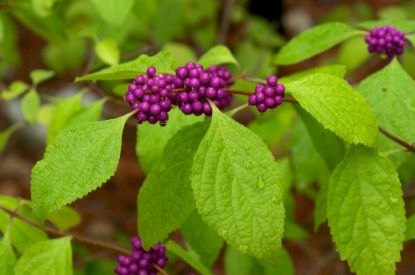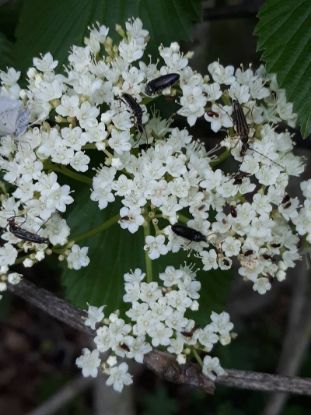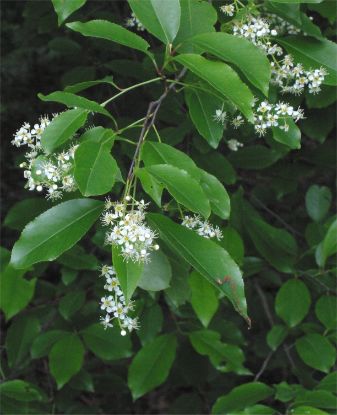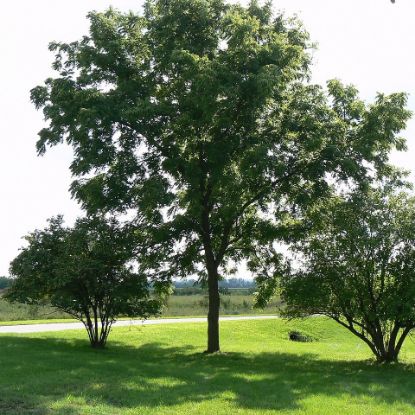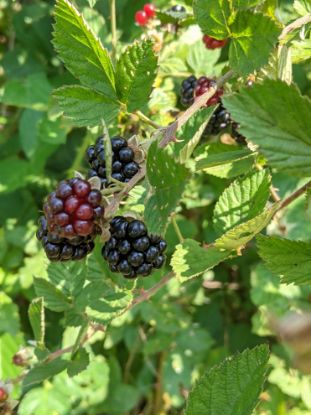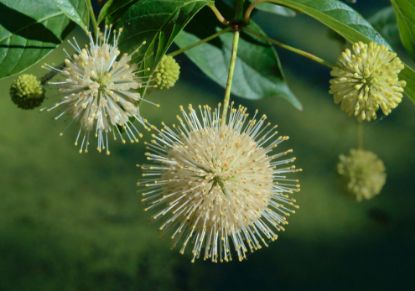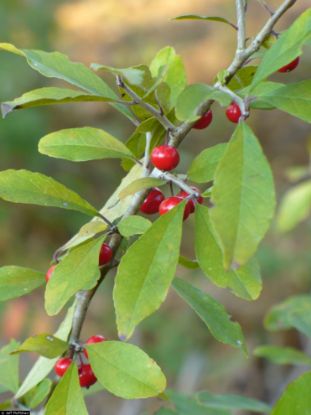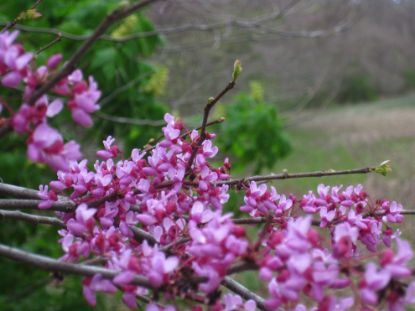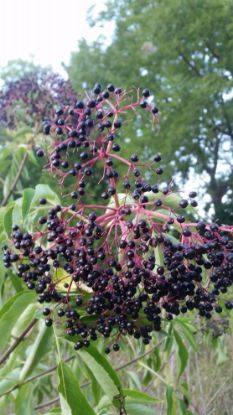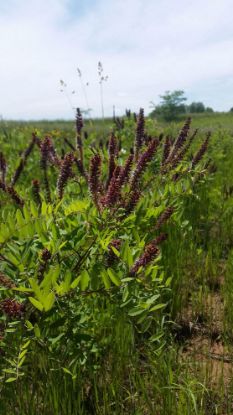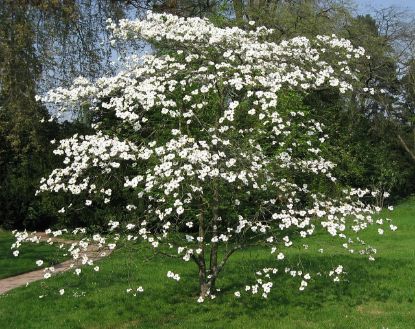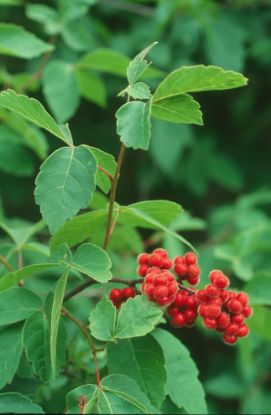Filter by attributes
Shrubs and Trees
Sort by
Display
per page
View as
49 products found
American Beautyberry (Callicarpa americana)
Native to southern Missouri, it can be hard to grow in the KC area. Will die back to the ground in this area and can take a while to reemerge, especially after a harsh winter.
I'm sleeping right now. See you in the spring.
$6.00
Arrowwood Viburnum (Viburnum recognitum)
An understory shrub that can be used as a hedge or screen. Blue-black berries provide food for birds and mammals in the fall (but not humans). Pretty fall color could be yellow, red, or reddish purple.
I'm sleeping right now. See you in the spring.
$14.00
Black Cherry (Prunus serotina)
Fast growing shade tree in rich soil. Beautiful bark, flowers, and fall color. Attracts birds for the fruit and the many caterpillars that feed on the tree. Bitter fruit not edible for humans unless cooked.
Out of stock
$14.00
Black Chokeberry (Aronia melanocarpa)
Shrub will colonize to make a hedge. Fruits enjoyed by birds and mammals, including humans who make jams or jellies. Flowers attract butterflies and bees. Tolerates many sun/soil conditions.
I'm sleeping right now. See you in the spring.
From $14.00
Black Walnut (Juglans nigra)
Produces delicious black walnut nuts, enjoyed by humans and other wildlife. Supports 130 butterfly and moth species. Plant with juglone tolerant plants.
I'm sleeping right now. See you in the spring.
From $14.00
Blackberry (Rubus sp.)
Fruits ripen in June on 2nd year's growth. Fruits enjoyed by wildlife and people. Watch out for the thorns when picking.
I'm sleeping right now. See you in the spring.
From $6.00
Burr Oak (Quercus macrocarpa)
With a wide, rounded crown and interesting bark, this makes a great specimen for a yard. Oak trees support the most number of Lepidoptera species in the Eastern US.
I'm sleeping right now. See you in the spring.
From $14.00
Buttonbush (Cephalanthus occidentalis)
A shrub for your butterfly rain garden. Tolerates very wet conditions and attracts nectar-seeking insects.
I'm sleeping right now. See you in the spring.
From $6.00
Deciduous Holly (Ilex decidua)
Female plants produce red berries that persist through winter and are enjoyed by wildlife. We can't guarantee gender but need male and female near each other to produce fruit. Typically only reaches 15 feet high.
I'm sleeping right now. See you in the spring.
$14.00
Eastern Redbud (Cercis canadensis)
A beautiful small tree that indicates spring is here with its bright pink flowers that are later replaced with heart-shaped leaves. Also supports a large number of different bee species. A study in KC showed that Cercis is one of the plant genera in our
I'm sleeping right now. See you in the spring.
$14.00
Eastern Wahoo (Euonymus atropurpureus)
Beautiful reddish leaves and unique fruit make quite a statement in the fall. Protect from deer and rabbits for the first few years.
I'm sleeping right now. See you in the spring.
From $14.00
Elderberry (Sambucus canadensis)
Fruits are attractive to wildlife, including humans which use it to make jams, jellies, pie fillings, and wine. Puts out suckers to form colonies.
I'm sleeping right now. See you in the spring.
From $6.00
False Indigo Bush (Amorpha fruticosa)
Prefers full sun and well-drained soils, but can tolerate short periods of flooding. Blooms on old growth, so trim after bloom. Can form a thicket.
I'm sleeping right now. See you in the spring.
From $6.00
Flowering Dogwood (Cornus florida)
The Missouri state tree. Prefers acidic soil and shadier sites. Displays red berries in the fall.
I'm sleeping right now. See you in the spring.
From $14.00
Fragrant Sumac (Rhus aromatica)
May form a thicket. May be monoecious or dioecious, so may need a male and female to produce seed; we don't guarantee the plants gender. Fragrant leaves, resemble poison ivy, but this is not poisonous.
I'm sleeping right now. See you in the spring.
$14.00
